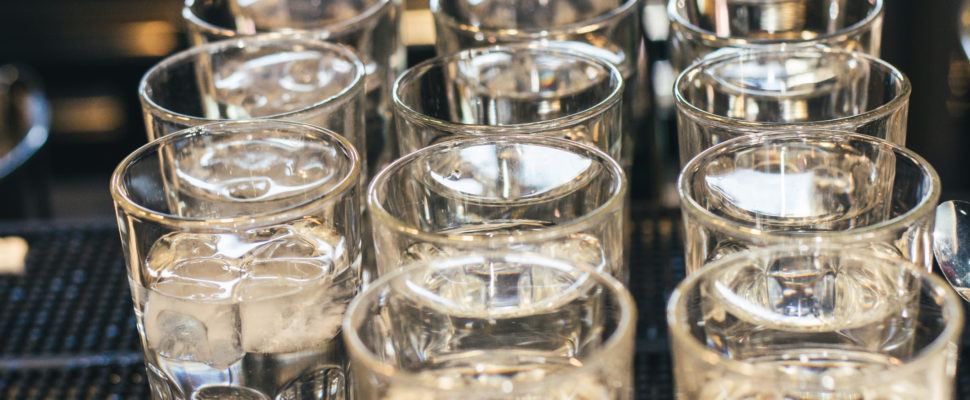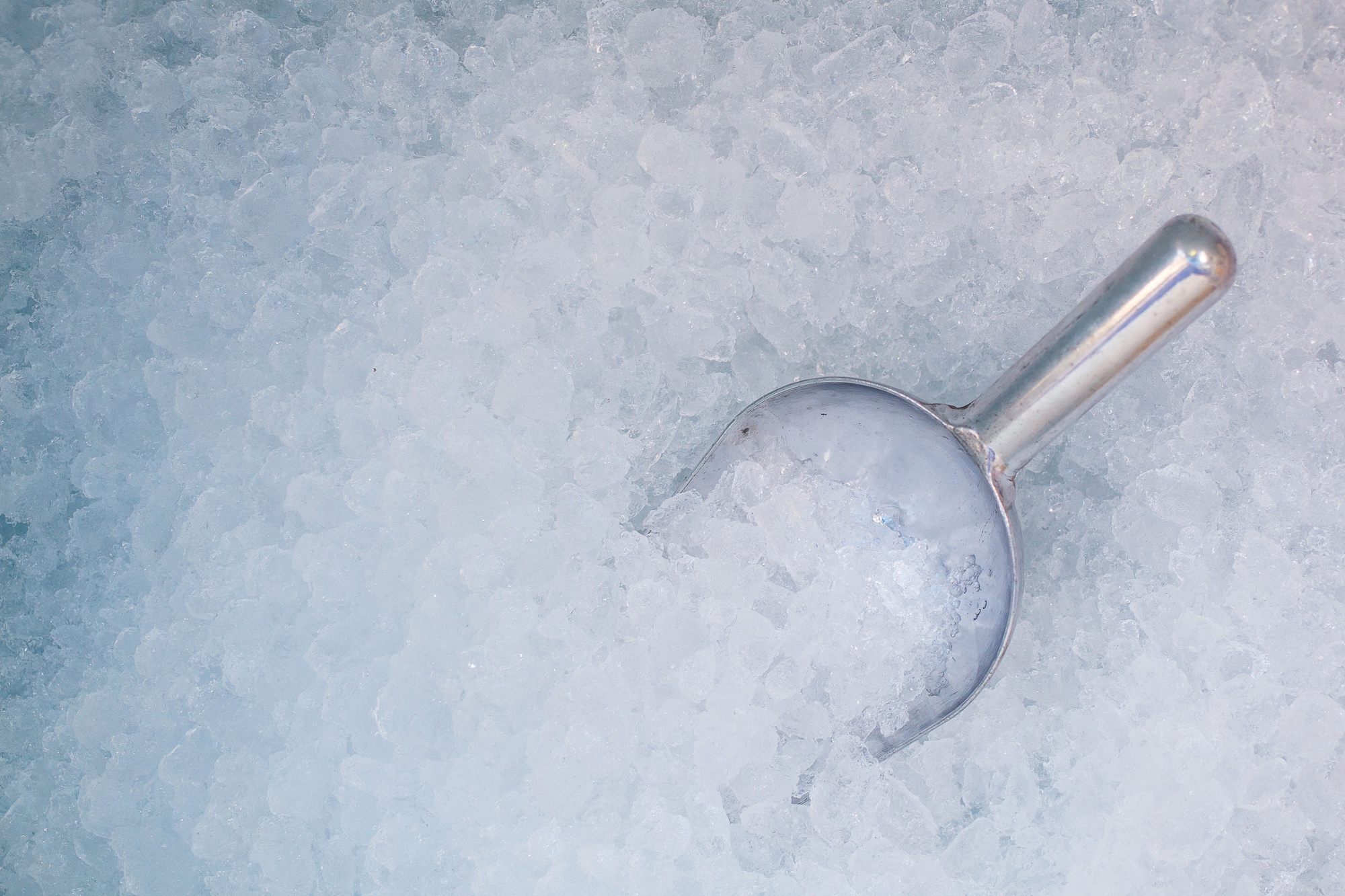
Drinking Water Fountains and Bottle Fillers
Drinking Water Fountain and Bottle Filler Commercial Filtration Applications
Drinking water fountains and bottle fillers pose two main potential issues. First, their use is typically intermittent, meaning stagnant water in the system, which can lead to bacteria growth and the spread of waterborne pathogens through atomized water. Out of an abundance of caution, many water fountains and hydration stations were removed from service during the Covid-19 pandemic. Second, oftentimes routine cleaning and maintenance of the water lines between the filter and water outlet is not practiced, leaving contaminants remaining in the drinking water.
Since water fountains and bottle fillers in a healthcare facility are aerosolizing devices, they are a potential risk and should be covered by a facility’s water management plan. While water management plans only apply to healthcare facilities today, any high-occupancy building should consider building water risk mitigation into their facility maintenance and repair plan.
When fountains are subject to prolonged inactivity and stagnant water, biofilm can grow, decreasing the efficiency of your system while introducing increased risk to users. Traditional carbon filtration solves for taste and odor, but often removes the disinfectant that municipal water systems add to help keep water pure. To improve the safety of water provided, and to avoid considerable financial and reputational costs, applying a combined solution for bacteria, viruses, taste, odor, and scale at your drinking water fountains and bottle fillers is invaluable.
Our Other Commercial Filtration Applications
Want to know more?
Reach out for quotes, additional product details, inventory status, installation questions and more.

